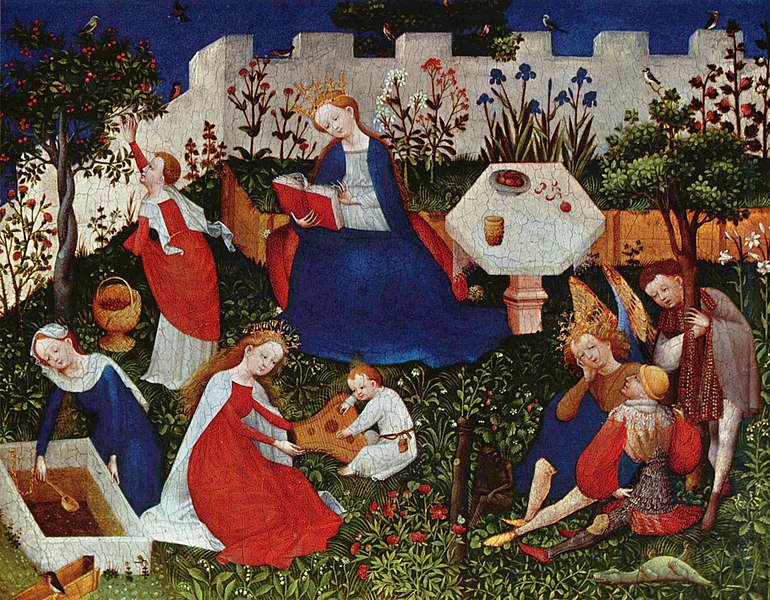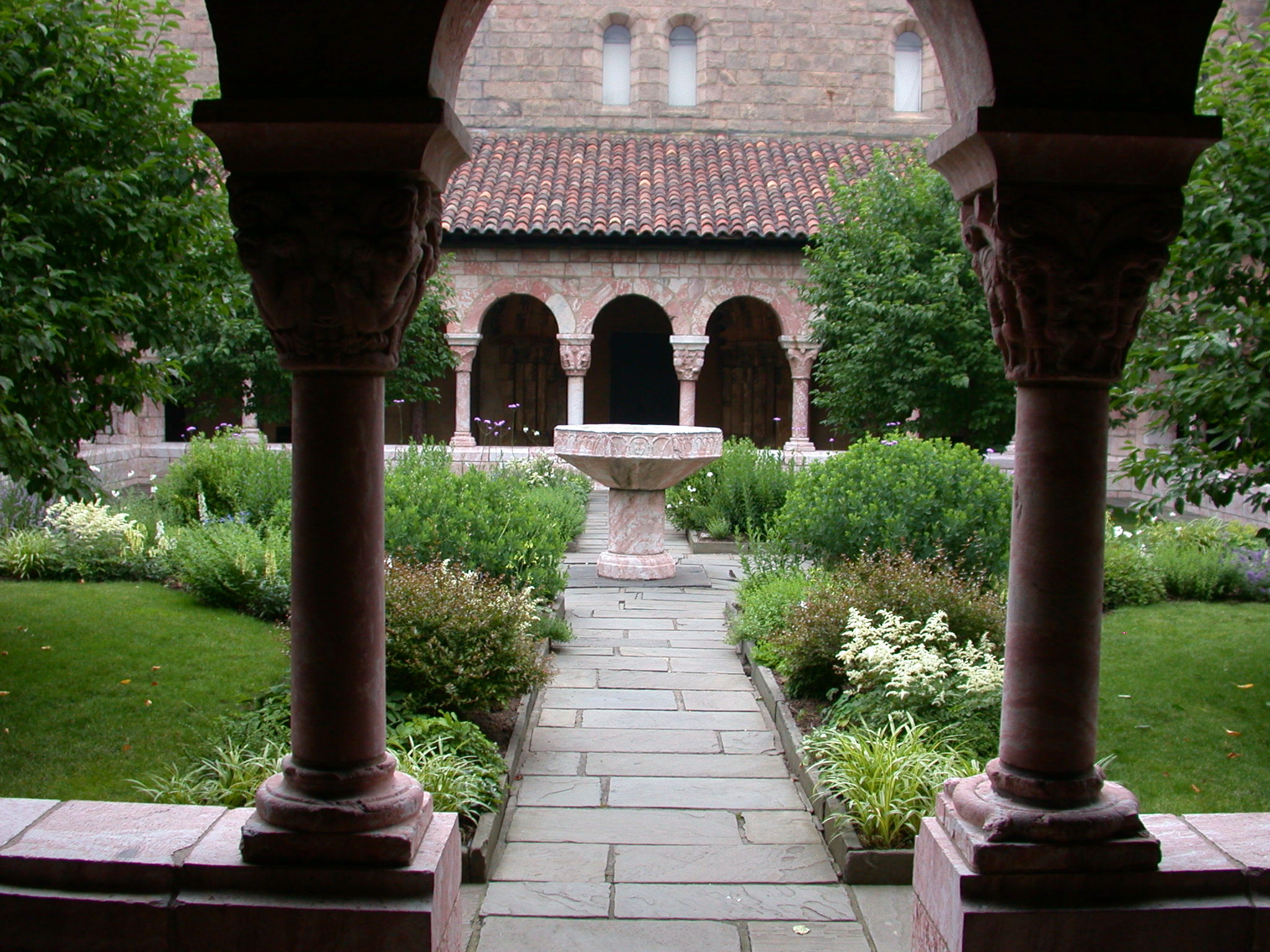MEDIEVAL GARDENS
I've been looking at a wonderful book by Sylvia Landsberg on medieval gardens. What I love about gardens is the tension between nature and art which they embody - art imitates nature, and uses nature, and nature lends its beauty to art. In the Middle Ages, the relationship was even more complex - the most perfect gardens, loci amoeni (places of pleasure), were the imaginary creations of literature and illuminations, which planters then sought to imitate in their real-life gardens - the real and the imaginary, nature and art are entirely intertwined.
What's really striking about medieval gardens is the way that they appealed to the senses. We expect gardens nowadays to look beautiful and to offer a place of retreat. But, as Landsberg points out, in the Middle Ages, the appeal to the senses was much more carefully constructed. Most of all, these were gardens which smelled amazing. Plants were chosen in order to give wonderful blends of olfactory sensations. Of course, there were many types of medieval gardens - from parklands, to functional vegetable and herb patches, to the soothing dreaminess of cloister gardens.
Image of Paradise, by the Master of the Upper Rhine
What's really striking about medieval gardens is the way that they appealed to the senses. We expect gardens nowadays to look beautiful and to offer a place of retreat. But, as Landsberg points out, in the Middle Ages, the appeal to the senses was much more carefully constructed. Most of all, these were gardens which smelled amazing. Plants were chosen in order to give wonderful blends of olfactory sensations. Of course, there were many types of medieval gardens - from parklands, to functional vegetable and herb patches, to the soothing dreaminess of cloister gardens.
The Cloisters, New York
And colours were used in wonderful ways which went far beyond what looked pretty. The colour green, for example, was seen as a symbol of rebirth and everlasting life: it was also deemed to be particularly calming and refreshing, and the medieval thinker William of Auvergne explained that this was because 'it is half way between black which dilates the eye and white which contracts it' (quoted in Landsberg, p. 36).
It's a shame that medieval gardens have barely survived. Occasionally, we can see the shapes of ancient parklands in the bumpy lay of the land, and there are some wonderful reconstructions and recreations. I have added the recently recreated Queen Eleanor's Garden in Winchester to our list of places to visit this summer... I can't wait!
Queen Eleanor's Garden, Winchester



No comments:
Post a Comment